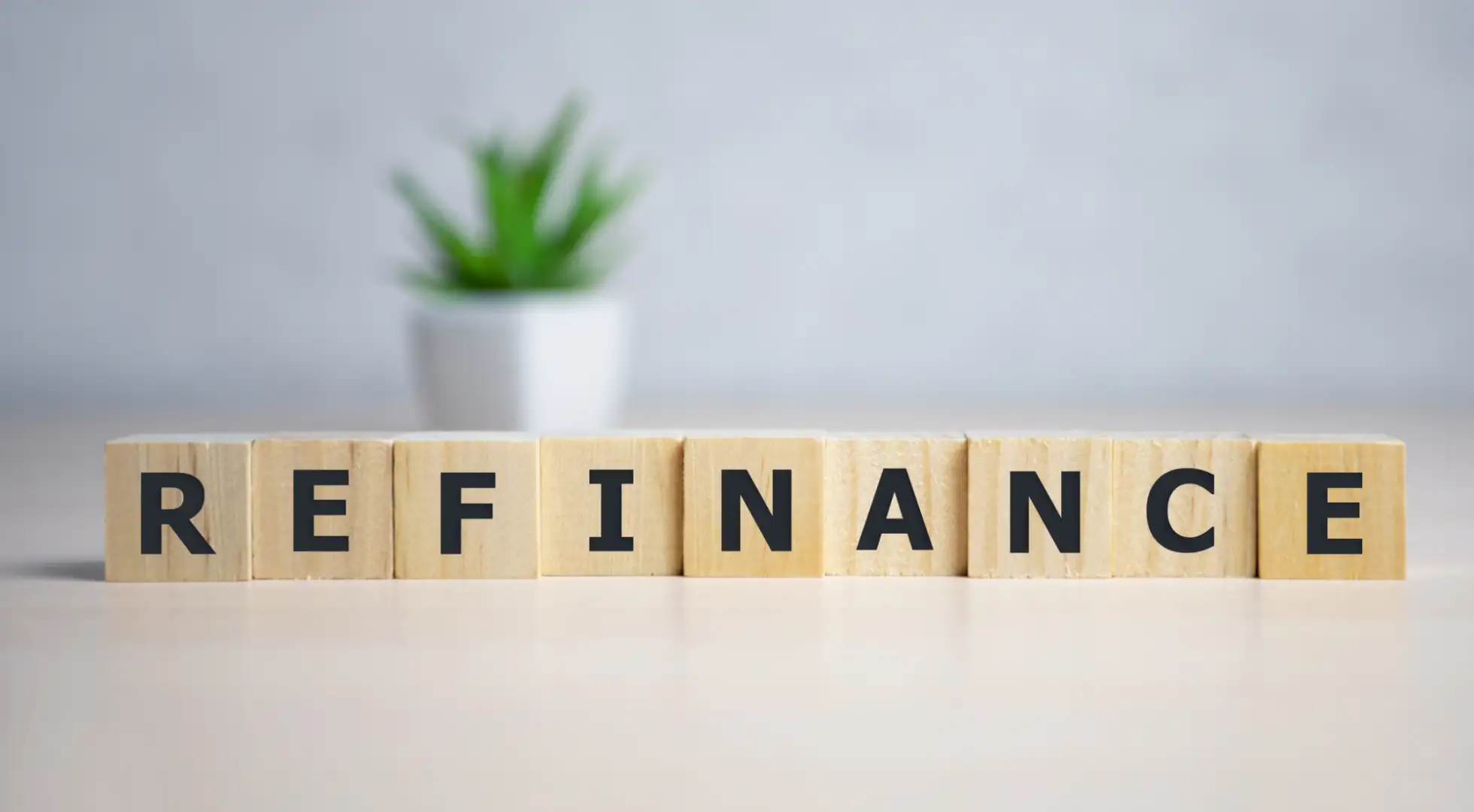Comprehensive Guide to the USDA Home Loan

United States Department of Agriculture loans are one of the three main types of government-backed mortgage options available to U.S. consumers.
Sometimes called rural housing loans, these mortgages are designed for homebuyers in more rural parts of the country, as well as those with low to moderate incomes.
Only a small share of homebuyers use USDA loans each year - About 137,000 last year, up nearly 39% from 2019. For those who qualify, they offer big benefits like low mortgage rates, reduced mortgage insurance, and, most importantly, no down payments.
If you’re considering purchasing a home in a more rural area, a USDA loan may right for you.
Here’s what you need to know.
What is a USDA loan?
A USDA loan is a mortgage that’s either issued or guaranteed by the U.S. Department of Agriculture. They’re specifically reserved for consumers in designated rural parts of the country and borrowers with low to moderate incomes.
Single-family USDA loans can fall into one of three categories:
Direct:
Direct loans are actually issued by the USDA itself. These are reserved for only borrowers with very low incomes. Interest rates on these loans are extremely low (sometimes as low as 1%), and repayment terms are as long as 38 years in some cases.
Guaranteed:
These loans are issued through USDA-approved mortgage lenders. The USDA guarantees them, meaning it will repay the lender if the borrower fails to pay back the loan. This protection allows lenders to offer more favorable interest rates and set easier qualifying requirements (like no down payment, for example).
Repair:
USDA repair loans can help existing homeowners make improvements or repairs to their properties. Sometimes, these come in the form of grants, which do not need to be repaid. These are issued directly by the USDA.
Benefits of USDA loans
USDA loans have some great benefits for those who qualify. Most importantly, they require no down payment. Compared to other loan programs — which may require anywhere from 3% to 20% down, this can mean significant savings come closing day.
There’s also no hard-and-fast credit score requirement — at least not from the USDA. You’ll technically need a 640 score to be approved through the USDA’s automatic underwriting system, but if your score lower, there’s a good chance you can still be approved. The loan will just go through a manual underwriting process instead.
Interest rates for USDA loans are typically low. Because the U.S. government guarantees the loans, lenders can offer low rates — even to borrowers with less-than-perfect credit scores.
Finally, USDA loans have lower mortgage insurance rates than many other loan options. With a USDA loan, you’ll pay a 1% upfront funding fee and 0.35% every year of the loan. For comparison, FHA borrowers pay 1.75% upfront and 0.80% to 1.05% annually.
Drawbacks of USDA loans
USDA loans aren’t perfect, and they do come with some drawbacks for those who choose to use them. For one, they’re not available everywhere — or to everyone. Only borrowers located in certain geographic areas who meet strict income requirements can qualify.
Additionally, the loans can only be used on primary residences — not second homes or vacation properties. Homes purchased with a USDA loan can’t be used for income-producing activities either.
There are also the insurance and fees to think about. While USDA mortgage insurance may be lower than some other options, it still comes with a sizable upfront cost. But, you may be able to roll them into your loan balance if you’re unable to afford the fees.
USDA loan eligibility
There are two facets of USDA loan eligibility: The borrower and the property.
First and foremost, properties must be in a designated rural area. The USDA has a map that can help you determine if a property is eligible. There’s one for both guaranteed loans and direct loans (repair loans fall under this umbrella too).
Borrowers also must fall under the income limits for their county. Again, the USDA has a tool to help you gauge eligibility. There’s one for guaranteed loans and direct ones.
From there, the requirements vary by loan program. Here’s how those break down:
USDA guaranteed loans
Borrowers must:
- Be a U.S. citizen, non-citizen national, or qualified alien
- Have an income that’s 115% or less than the median household income in the area
- Occupy the home as their primary residence
- Be unable to obtain conventional financing (without PMI)
- Demonstrate a willingness and ability to repay the debt
- Have a debt-to-income ratio of 41% or less
Properties must:
- Be a single-family property (condos, modular homes, and manufactured homes can qualify)
- Meet HUD’s minimum property standards
- Come with a housing payment that does not exceed 29% of the borrower’s monthly income
USDA direct loans
Borrowers must:
- Be a U.S. citizen, non-citizen national, or qualified alien
- Occupy the home as their primary residence
- Be unable to obtain financing from other sources
- Be without decent, safe, or sanitary housing
Properties must:
- Have a market value lower than the area’s loan limit
- Be 2,000 square feet or less
- Not have an in-ground swimming pool
- Not be designed for income-earning activities
USDA repair loans
Borrowers must:
- Be the homeowner and occupy the home as their primary residence
- Be unable to obtain credit from other sources
- Have a household income under 50% of the area’s median
- Be 62 or older (for grants) and unable to repay a loan
- Use the funds to repair, improve, or modernize their house or remove health and safety hazards
USDA loan costs
USDA loans come with various fees and closing costs, just as any mortgage does. These include things like origination fees, title fees, recording fees, and the cost of an appraisal, among other charges. You’ll also need to pay the USDA’s upfront funding fee, which currently runs at 1% of the purchase price.
Altogether, the total closing costs for a USDA loan typically come out to around 2% to 5% of the total purchase price. On a $200,000 home, that's around $4,000 to $10,000.
Fortunately, because USDA loans do not require a down payment, covering these upfront costs may be a bit easier. You can also roll the costs into your loan balance and spread them out over time. In some cases, you may be able to ask the seller to cover some or all of your upfront expenses. On USDA guaranteed loans, a seller can contribute up to 6% of the total sales price.
Don’t forget: USDA loans also come with an annual guarantee fee (essentially mortgage insurance), which costs 0.35% of the loan amount. You’ll pay this as part of your monthly payment for the entire time you have the mortgage.
Where to get a USDA loan
To get a USDA direct loan or USDA repair loan or grant, you’ll need to go directly through your local Rural Development agency. They’ll connect you with a rural housing specialist who can guide the way.
For USDA guaranteed loans, you will need to use a private mortgage lender. Be choosy, though: Not all mortgage companies offer these loans (or are skilled in doing so). According to the USDA itself, these are the top USDA lenders for the last year.
The bottom line
USDA loans can be advantageous to those who qualify for them. If you’re considering buying a home in a more rural part of the country, check to see if the property is USDA eligible and if your income qualifies. Then, get in touch with a USDA lender to get your application started.




